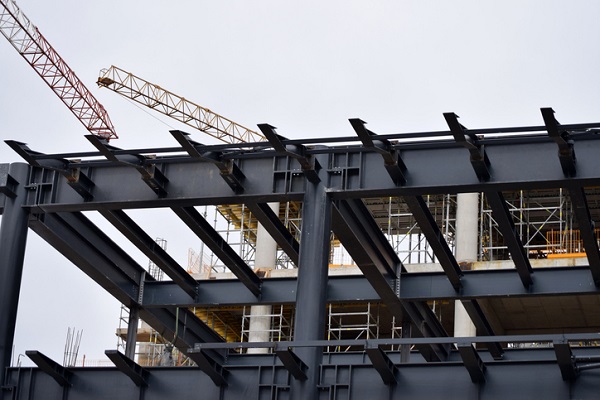Building defects have become commonplace – how do we reach goal zero?

Defects are a global issue. Incidents such as the Grenfell Tower fire in the UK, structural issues with the Opal and Mascot towers in Australia; and the Surfside condominium collapse in Miami are all examples of just how awful the consequences can be when a building is poorly constructed. Procore senior strategic construction technologist (APAC) Alex Fernandez-Soncini writes.
Of course, mistakes will always happen. However, according to industry researchers, defects have become normalised and project teams have become accustomed to rework. This should not be the case. Not only for critical safety, time and budget reasons, but there’s also a large impact on the environment. Procore’s industry poll of 161 Australian construction leaders in September 2021 found that reducing rework and wastage is the most significant sustainability outcome for the industry, with 87% of respondents rating this somewhat or extremely important.
From beginning to end on a construction project, many different people and critical factors come together to deliver the final product. If one piece is in the wrong place, even by a fraction, the resulting output suffers, with the likelihood of defects and rework increasing.
The most common mistakes causing defects are ineffective quality control, inadequate documentation, flaws in the scope of work, communication failures, variations and unskilled contractors. These types of mistakes should not be overlooked or seen as inevitable, especially in such a high-risk working environment and since rework can erode margins by up to 30% for some contractors. So what can builders do to limit the risk?
Utilise digital methods for quality control
It’s surprising that even today, some companies are still reliant on paper for on-site documentation. Procore’s recent poll found 21% of respondents manage Quality and Compliance on paper, despite 56% agreeing that paper-based Quality Assurance processes are impractical and increase the risk of rework.
Paper is not a quality control solution. Information gets lost and not everyone has access to the most up-to-date information. Digitalising processes can help ensure each stage of a project is informed by the latest plans and meets the appropriate standards for code compliance, workmanship and product performance.
Clear documentation and communication to avoid unnecessary errors
It’s become commonplace for projects, both commercial and residential, to start without having complete and/or clear documents for the final building. The Shergold and Weir Building Confidence report notes that often any blanks from plans will get filled in as the project is underway by subcontractors, consultants or in response to a variation. However, this is a huge problem because missing or incomplete design documentation can cause at least half the most common defects, according to industry researchers.
Before working on a project, each individual involved needs to have a clear understanding of their role and expectations throughout the project. If documentation is not clear, it’s important to speak up and identify issues before they come to life.
Which brings us onto communication. It’s vital there is a clear record of every decision in a project, for any member of the team to view and understand. Our recent poll found that 74% of respondents believe the biggest issue with on-site compliance is a lack of communication. Digitalising and consolidating communications channels is an important way to keep track of all correspondence across the whole team, so there’s no excuse for ‘losing the paperwork’.
Confidence in skill set and changing mindset
Shergold and Weir found issues around licensing requirements and practitioners not keeping up to date with codes and standards is a major contributor to the high rate of construction defects. The risk of defects can only be eliminated if each and every construction team commits to quality control supported by streamlined workflows.
In this high-risk industry there’s slim margin for error. If you don’t think your teams have the right knowledge or skills, invest in training and avoid using unskilled contractors. Ensure the right systems are in place to capture the credentials and qualifications of all subcontractors and consultants and introduce a process for verification and record-keeping. This means information can quickly be provided to building regulators, clients or other parties if someone needs to be held accountable for any issues.
In any industry, it’s important that workers are passionate about delivering their best work and are proud of what they do. Over the next few years, we should see the construction industry adapt to imperative environmental and safety issues, which will in turn drive us towards the goal of zero defects.
